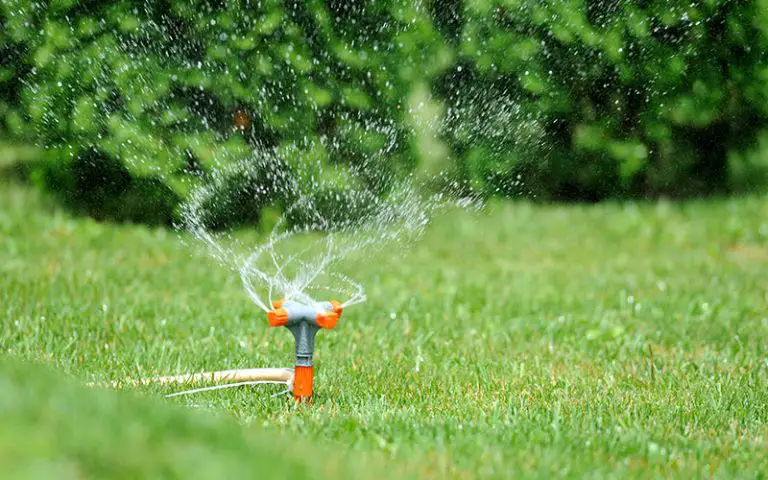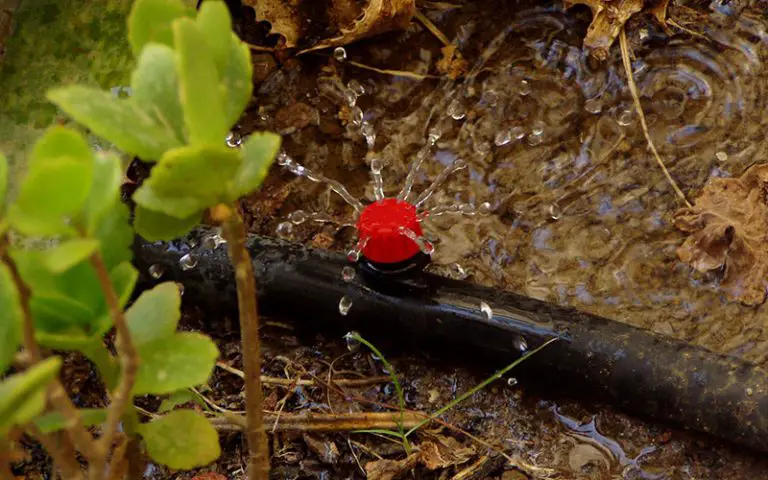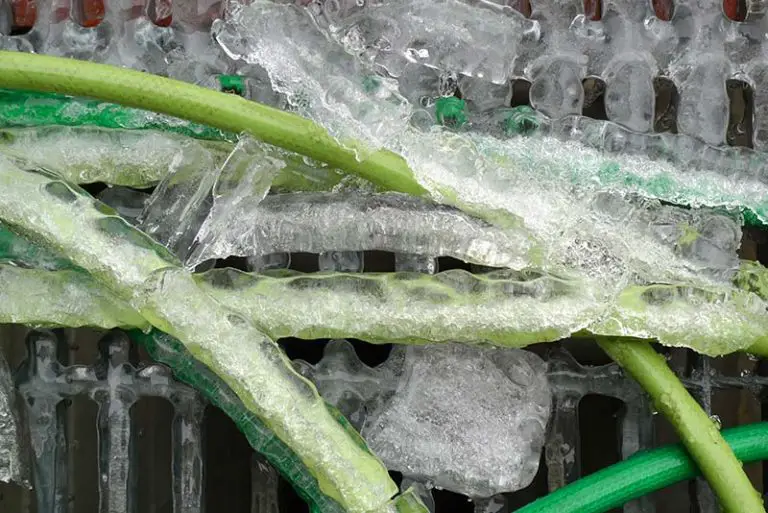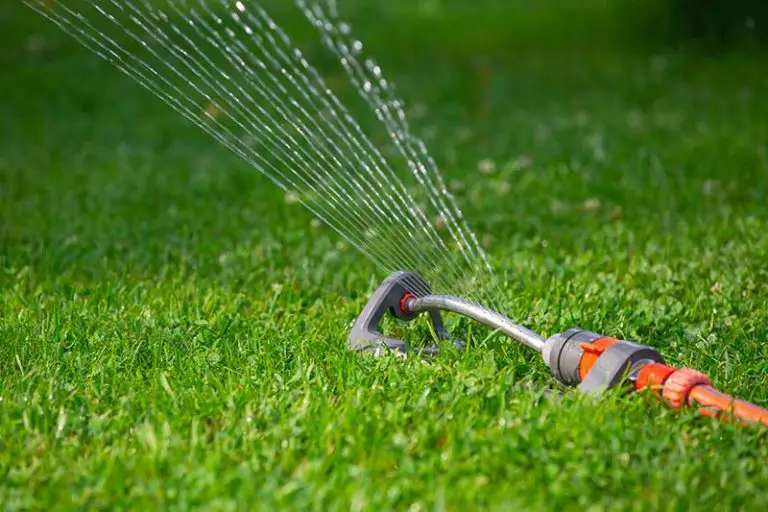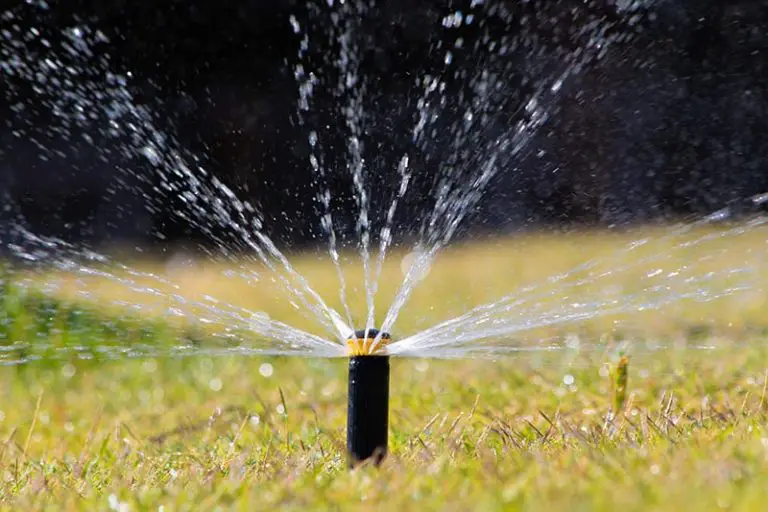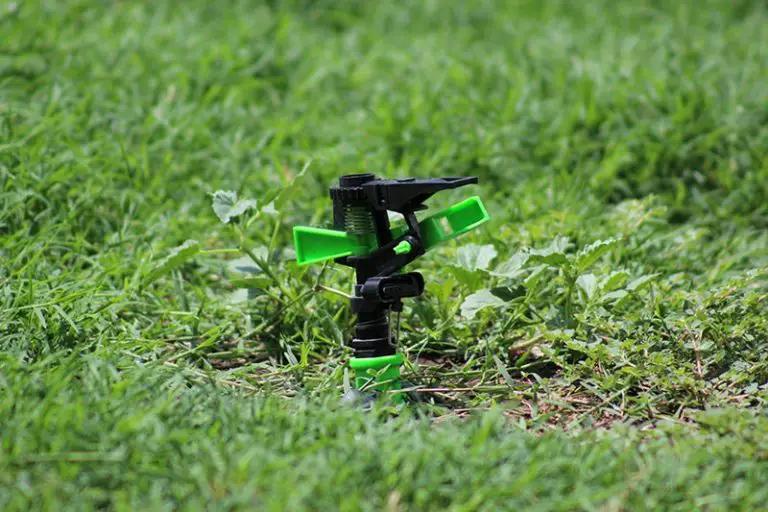How To Unclog A Sprinkler Head
A clogged sprinkler head can lead to a whole host of problems for your irrigation system. Unclogging a sprinkler head that may be filled with dirt and debris may not be a pleasant job, but it can alleviate the effects of any issues that may be caused by it.
Depending on what is clogging the sprinkler head, there are several ways that it can be unclogged. The easiest and most common way of cleaning a sprinkler is to simply detach it and wash it, but that isn’t always the best option.
What are the Causes of a Clogged Sprinkler Head?
A clogged sprinkler head can come about in many different ways. Most commonly, a clogged sprinkler head is caused by dirt and debris from the surrounding area getting caught inside it. As even above-ground sprinkler heads are still in close proximity to the floor, they’re likely to be clogged by upkicked and dislodged dirt. The area immediately around the sprinkler is more likely to receive more water due to density, which might also make it easier to get caught inside your sprinkler heads.
What Can a Clogged Sprinkler Head Do?
A clogged sprinkler head can lead to an uneven or incomplete watering. Whilst a blocked sprinkler head may not be detrimental to your entire system, it can leave the zone which the sprinkler usually covers unwatered. Depending on the extent of the blockage, a new sprinkler head or line may need to be installed to replace the damaged one. However, this is an unlikely event as most sprinkler heads can be cleaned easily if action is taken sooner rather than later.
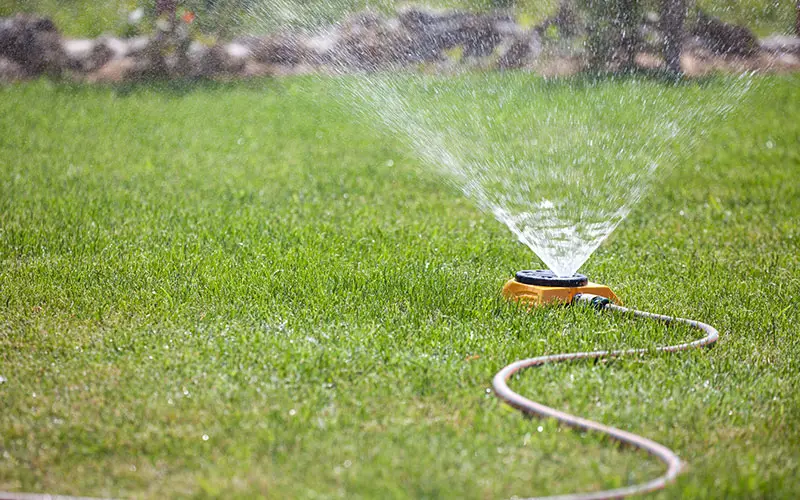
How To Tell a Sprinkler Head is Clogged
A clogged sprinkler head can be diagnosed easily based on a couple of observations. The main sign that a sprinkler head is clogged is that the amount of water that it’s producing is compromised or nonexistent. Only one or two sprinkler heads are likely to be clogged at any one time, so it’s often fairly easy to check if the issue is relating to one sprinkler head as opposed to the whole system (which would likely be an issue due to lack of water pressure). Checking if a sprinkler head is clogged is good practice whenever your sprinkler system may be acting up, as it’s easy to diagnose and fix if it is the case. To check if your sprinkler head is clogged, turn off your water supply and simply check the exterior of the head to see if there is any visible blockage from dirt or debris, and regardless of whether there is or isn’t, detach the head and check inside. The blockage may be only visible from the inside. Make sure to also check the interior of any of the lines that lead immediately to the sprinkler head, in case the blockage has been pushed through them. If only one or two sprinklers are blocked, the chances are that the blockage will be easily removed and easy to find.
How to Unclog a Sprinkler Head
Unclogging a sprinkler head is usually an easy process that doesn’t require specialist equipment. In fact, one technique makes use of a paper clip or another otherwise thin wire. Poking the wire or unfolded paper clip through the holes where the water usually comes from can help dislodge any dirt or grime that may have accumulated inside.
Some sprinklers are equipped with detachable heads that can be disassembled and reassembled fairly easily. If your sprinkler system is built like this, then disassembling the sprinkler head should enable you to clean inside more extensively. Once the head is unscrewed, there should be a small screen inside. Gently washing this screen can also assist in unclogging the sprinkler head, as dirt can become trapped against it and prevent the flow of fresh water. A sprinkler head that can be disassembled is best rinsed under a tap to ensure it is as clean as possible before reassembling it and adding it back onto the system.
Preventative Measures
Whilst it’s hard to prevent dirt from entering or coming into close contact with your sprinkler heads, there are ways to minimize the risk of them getting clogged. To maintain sprinkler heads, it’s best to clean them once a season, to remove any potential buildup of dirt or debris. In addition to this, keeping the area around them neat and tidy will ensure that there is less risk of them getting clogged by any loose dirt or soil. You can also ensure that you winterize your system correctly to keep your sprinkler heads working correctly all year round. You can also cap off your sprinkler heads to prevent dirt from getting inside during periods of inactivity. This method also protects them from other damage.

